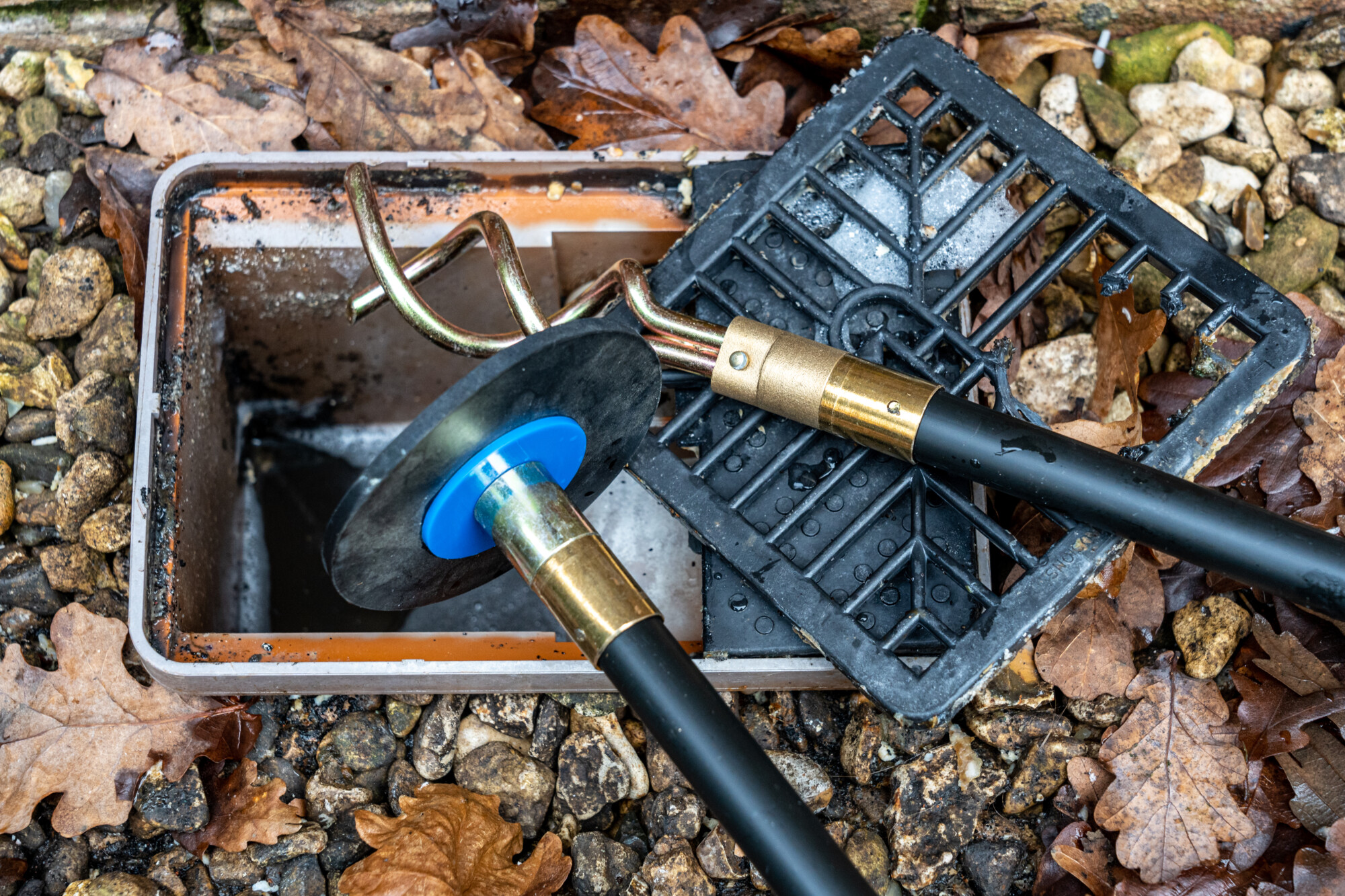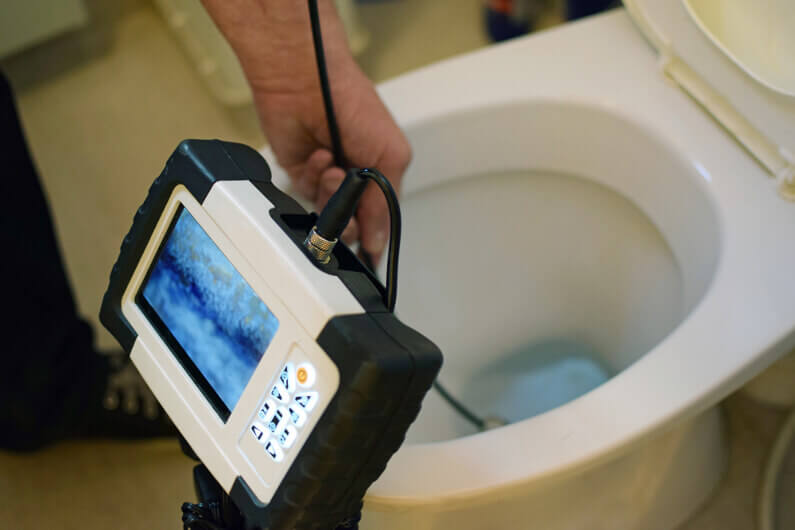Every person seems to have their own individual piece of advice about What I learned from trying to deal with a clogged drain.

Intro
Taking care of an obstructed drain can be a discouraging experience, disrupting daily activities and potentially creating damage to your residential or commercial property. Nonetheless, before connecting to plumbing experts, there are actions you can take to address the problem on your own. In this overview, we'll discover do it yourself remedies and safety nets to deal with an obstructed drain effectively.
Recognizing the Issue
The primary step in attending to an obstructed drainpipe is identifying the indications. Slow-moving water drainage, gurgling noises, foul odors emanating from drains pipes, or water backing up are common indications of an obstructed drainpipe. Determining these indications early can assist prevent even more difficulties.
Typical Causes of Blocked Drainpipes
Comprehending the elements that contribute to drain pipes clogs is important for efficient resolution. Usual wrongdoers include hair, soap residue, grease, food debris, and international items like hygienic products or paper towels. Tree roots invading underground pipes can also create substantial clogs.
Do it yourself Solutions
For minor clogs, a number of do it yourself options can be effective. Putting boiling thin down the drainpipe can help dissolve grease and particles. Baking soda and vinegar or a mixture of salt and baking soft drink can function as all-natural cleansers. Making use of a bettor or plumbing serpent to remove blockages is an additional choice.
Devices and Equipment
Having the right devices available can make DIY drain cleaning up extra efficient. A bettor is a versatile tool for clearing blockages in sinks, bathrooms, and showers. A plumbing serpent or auger can get to deeper blockages, while drain cleaning chemicals can be used cautiously for persistent blockages.
Safety nets
To stay clear of future blockages, adopting preventive measures is important. Set up drainpipe guards or filters to capture hair and debris prior to they get in the pipes. On a regular basis flush drains with hot water to liquify oil build-up, and prevent throwing away grease or solid waste away.
When to Call a Specialist
While DIY solutions can fix small blockages, particular signs show the need for specialist help. Consistent obstructions, foul odors in spite of cleaning up efforts, or numerous drains pipes backing up all at once are warnings that require professional intervention.
Picking the Right Plumbing Service
When choosing a pipes service, take into consideration elements such as experience, licensing, and client reviews. Select a reputable plumber with a record of top quality craftsmanship and clear rates techniques.
Cost Considerations
The expense of expert drainpipe cleaning company can vary depending upon the seriousness of the clog and the plumbing professional's rates. Demand quotes from numerous companies and ask about any type of service charges to make sure openness and stay clear of surprises.
Security Precautions
When trying do it yourself drain cleansing, prioritize safety and security. Use protective gloves and glasses to stay clear of contact with dangerous chemicals or bacteria. Never ever mix various drainpipe cleaning items, as this can generate harmful fumes.
Case Studies
Real-life instances show the performance of do it yourself options and the relevance of timely specialist intervention in settling drain blockages.
Conclusion
By complying with the ideas detailed in this overview, you can successfully take on blocked drains and stop future pipes concerns. Whether choosing DIY options or seeking specialist help, punctual action is essential to keeping a healthy plumbing system and protecting the honesty of your home.
WHAT I LEARNED FROM TRYING TO DEAL WITH A CLOGGED DRAIN
We have had our share of seepages and other annoying things that are part of living, especially in an apartment complex. And if there’s one thing that’s terrifying for a homeowner—or even someone in a rented home—it is a clogged drain, indoors or outdoors.
We enjoy our living space, but it’s simply a fact of life that dead skin, soap and a host of other items go down the drain; eventually, the residue builds up and prevents anything from moving. Ugh.
Not Calling A Professional
Of course, it might seem simple to just whip the pipe off under the sink and see if you can unblock it. Unfortunately, what if the blockage isn’t there, or you don’t reconnect it properly? Worse, you might break a piece and have no drainage system. Can you imagine that scene? Yuck!
Not Watching Your Waste
This will sound d’uh, but the best tip I can give you for drain cleaning is to avoid clogging the drain in the first place! You can do this by monitoring what goes down the drain and catching the items which are most likely to give you a problem. Invariably hair, vegetable peels, and large wads of toilet paper are the most obvious culprits. Add a filter—these are available in hardware stores and can be removed and cleaned easily.
Poking The Drain
The first urge with a clogged drain is to poke at it with a stick or anything that resembles a stick. Sadly, this does not result in magically solving the issue. The mental image is, naturally, one of the stick just pushing through the offending item and all is well again. Reality is quite different and unpleasant and likely to lead to further problems.
The thing is, every drain has a series of bends that are not visible to us. Drains are built this way to prevent gases from entering the house. What happens when you poke a stick into the drain? Of course, it can’t bend around the corner. The more adventurous people will use force and end up wedging the stick or causing it to break off in the pipe—creating an even bigger issue. Worst thing? The stick will shift the block further down the pipe, creating the space for more to collect. Go ahead! Roll your eyes!
Using The Wrong Plunger
You know what they say: the right tool for the right job! Did you know there are different types of plungers besides the basic one we keep at home for an emergency? Yes, there are. For example, the toilet plunger has a bell-shaped bottom while the sink plunger is flat. This is an important difference and using the wrong plunger will be useless. There’s also a knack in using plungers—they must be placed in such a way that they create an airtight seal and then, moved slowly up and down—not as fast as we imagine.
https://vidyasury.com/2018/01/learned-trying-deal-clogged-drain.html

Do you really like reading about ? Post feedback below. We would be delighted to find out your opinions about this posting. In hopes that you visit us again soon. Those who liked our blog entry plz do not forget to pass it around. Thanks for being here. Please stop by our blog back soon.
Call Today